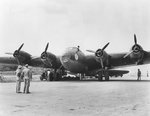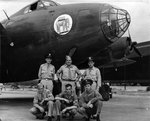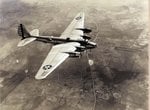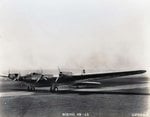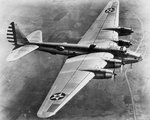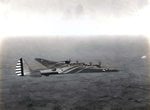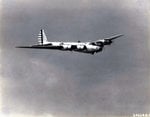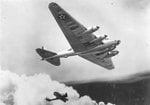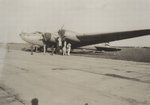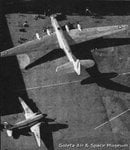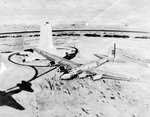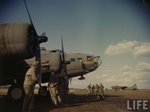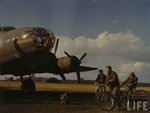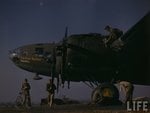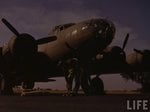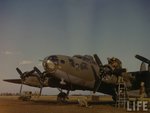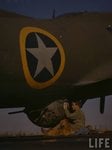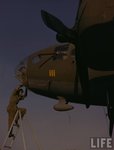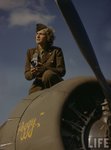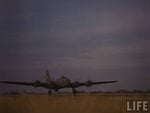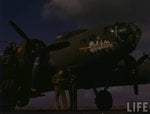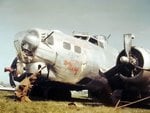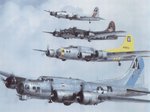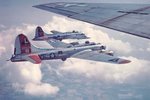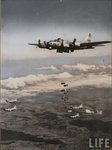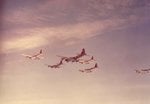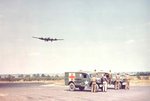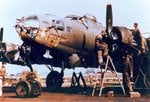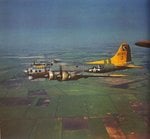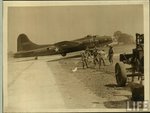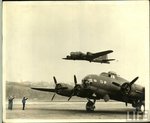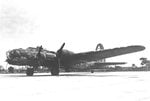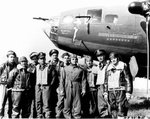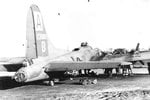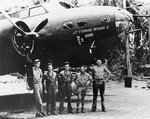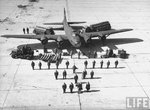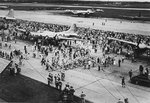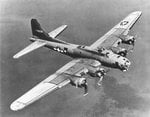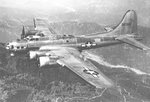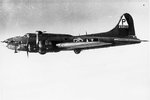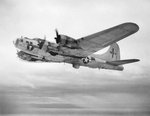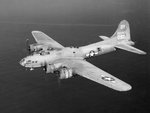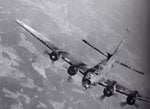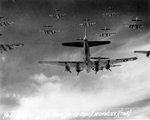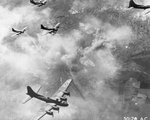- Thread starter
- #21
However determined the majority of Americans might have been in the 1930s to maintain the nation's long-established policy of isolation, there were still numbers of radicals, in both the United States government and services, who realised that almost certainly the day would dawn when, for one reason or another, the USA would have to become involved in warlike activities. Given such circumstances, one of the essential weapons would be an advanced strategic bomber, and in the US Army men like Colonels Hugh Knerr and C.W. Howard were working steadily away in the 1930s to ensure, to the best of their capabilities, that when the moment came such a bomber would be available. This thinking had led to the introduction into service of such bombers as the Boeing B-9, and the Martin B-10 and B-12. While it was appreciated that these did not represent the ideal, they prepared the way for the procurement of a true strategic bomber.
In 1933 came the US Army's requirement for a design study of such an aircraft, then identified as the XBLR-1 (Experimental Bomber Long Range): a range of 8046km was included in the specification to provide long-range strategic capability. Both Boeing and Martin produced design studies, but it was the former company which received the US Army's contract for construction and development of its Boeing Model 294, under the designation XB-15. When this large monoplane flew for the first time, on 15 October 1937, it was then the largest aircraft to be built in the USA.
As might be expected, it introduced a number of original features, including internal passages within the wing to permit minor engine repairs or adjustments in flight; two auxiliary power units within the fuselage to provide a 110-volt DC electrical system; sleeping bunks to allow for 'two-watch' operation; and the introduction of a flight engineer into the crew to reduce the pilot's workload. Intended to be powered by engines of around 1491kW, which in fact did not materialise for some years, the actual powerplant comprised four 746kW Pratt Whitney Twin Wasp Senior radial engines, which meant that performance was far below that estimated. Purely an experimental aircraft, it was, however, provided with cargo doors and flown as a cargo transport during World War II under the designation XC-105.
In 1933 came the US Army's requirement for a design study of such an aircraft, then identified as the XBLR-1 (Experimental Bomber Long Range): a range of 8046km was included in the specification to provide long-range strategic capability. Both Boeing and Martin produced design studies, but it was the former company which received the US Army's contract for construction and development of its Boeing Model 294, under the designation XB-15. When this large monoplane flew for the first time, on 15 October 1937, it was then the largest aircraft to be built in the USA.
As might be expected, it introduced a number of original features, including internal passages within the wing to permit minor engine repairs or adjustments in flight; two auxiliary power units within the fuselage to provide a 110-volt DC electrical system; sleeping bunks to allow for 'two-watch' operation; and the introduction of a flight engineer into the crew to reduce the pilot's workload. Intended to be powered by engines of around 1491kW, which in fact did not materialise for some years, the actual powerplant comprised four 746kW Pratt Whitney Twin Wasp Senior radial engines, which meant that performance was far below that estimated. Purely an experimental aircraft, it was, however, provided with cargo doors and flown as a cargo transport during World War II under the designation XC-105.

